Pysanky (Ukrainian Easter Eggs)
more than a year agoThe patterns and colours on contemporary eggs are deeply rooted in history. Many are borrowed from Tripillian culture, which existed on the territory of Ukraine about 6000 years ago. In Pagan culture the egg symbolised life, though the meaning changed slightly in 988 when Kyiv adopted Christianity. In Christianity, the egg represented eternal life and the Resurrection of Christ.
There are in general two kinds of coloured eggs in Ukraine today:
krashanky (dyed in solid colour), and pysanky (decorated with different patterns and colours). The traditional dyes have always been home made, and by and large the tradition continues. The most popular dye is an onion peel boiled in water. The intricate process of painting a pysanky egg involves multiple steps and drawing various patterns, often more than once, on the eggshell with wax. The egg is then immersed into progressively darker dyes, and the wax is melted off with a candle between each stage of colouring. Some of the artists who sell painted eggs will be happy to give lessons in this traditional technique.
Every colour and pattern has its own meaning. For example, red symbolises love, black - eternity, and blue - trust. The triangle stands for the Trinity, a circle - eternity and the sun, and the hen - fertility.


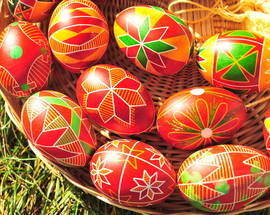
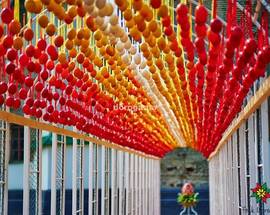
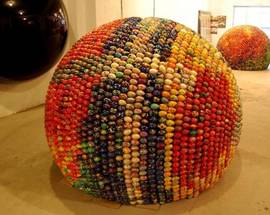
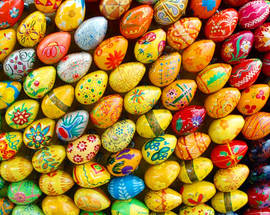
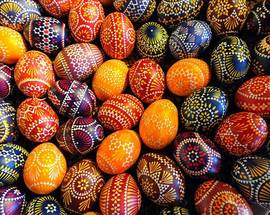
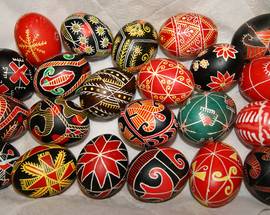
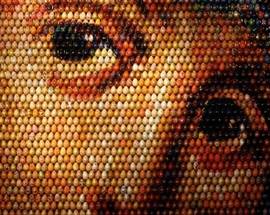
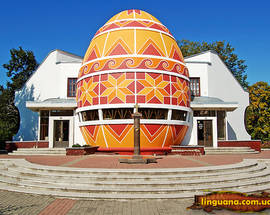
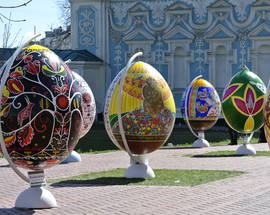
Comments